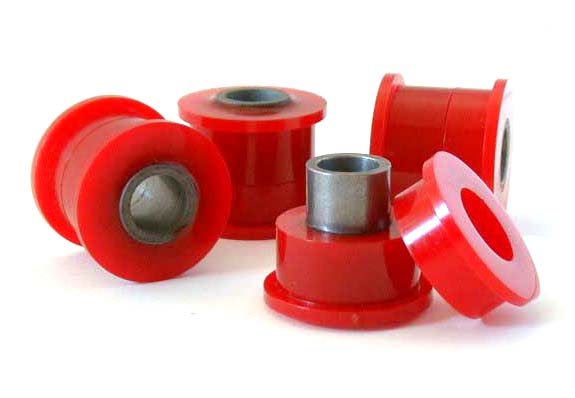I have upgraded my car's sway bars and the bushings of the rear one, that came along with the bar as a kit, have started to wear prematurely.
I have the chance to get custom ones from a machine shop. The shop suggested polyamide as a suitable material.
Here are my questions:
I have the chance to get custom ones from a machine shop. The shop suggested polyamide as a suitable material.
Here are my questions:
- Is polyamide a durable material? How would it compare to poly bushings?
- Is polyamide a self-lubricating material or would I need to use grease? If grease is needed what type would be suitable?


